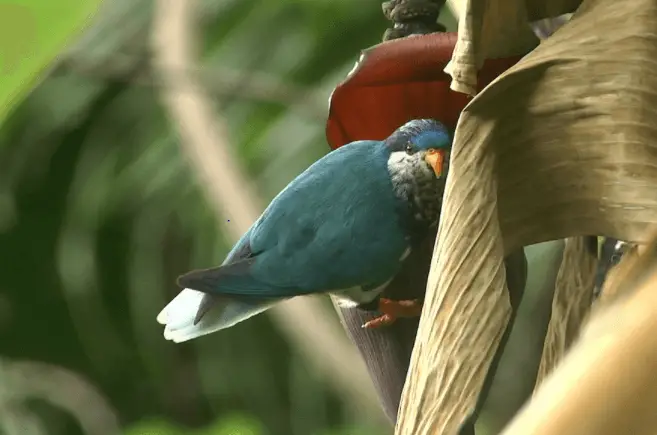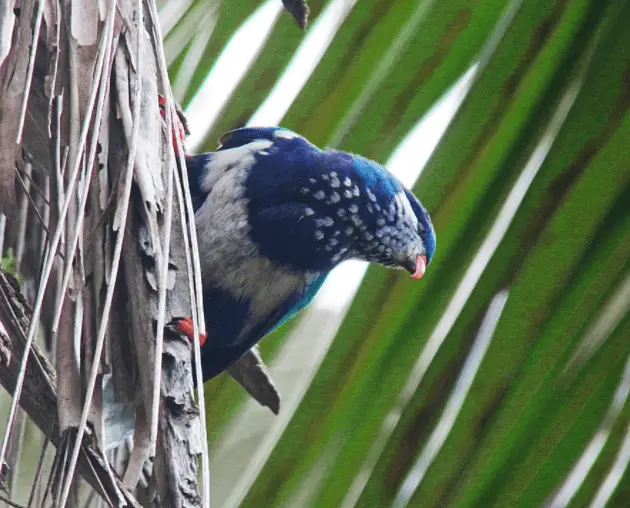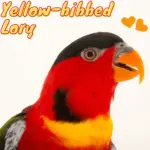
Ultramarine Lorikeet 18 cm. Bill orange; forehead cobalt blue, rest of crown purple-blue with slightly elongate feathers; rest of upperparts dull, slightly turquoise-blue, increasingly pale through rump to tail which shades white at tip;
front of face white, chin, ear-coverts, throat, and breast mottled white and dark purple; belly purple, with extensive white lower flank patches; legs dull orange. Immature mostly lacks breast mottling.
Systematics History
Monotypic.
Subspecies
Monotypic.
Distribution
Marquesas Is, in French Polynesia. Probably the entire population now on Ua Huka, was reintroduced in the 1940s; reintroduced in the 1990s in Fatu Hiva, but could now be extinct there, as in traditional sites of Ua Pou and Nuku Hiva, where occasional recent reported sightings could refer to vagrants.
https://www.youtube.com/watch?v=UuveOi42gHM
SOURCE:Viniultramarina
Habitat
Wooded vegetation wherever flowering trees occur, from the native forest in hills to coconut plantations and Erythrina trees near coasts.
Movement

Sedentary.
Diet and Foraging
Ultramarine Lorikeet eats Flowers, and/or their products, of coconut and banana, buds, fruits of breadfruit (Artocarpus altilis) and mango (Mangifera indica), and hemipteran adults and grubs.
Sounds and Vocal Behavior
Ultramarine Lorikeet Calls include a high-pitched buzzy “tzeet” and a similar modulated “tze-zee-zeet”.
Breeding
Reportedly Jun–Aug, but a bird in breeding condition in Sept. Ultramarine Lorikeet Nest in hollow in a tree, a still-hanging old coconut, or old nests made by finches and other birds. In captivity: two eggs, size 22·5–22·6 mm × 18·4–18·7 mm; nestling period c. 8 weeks.
Conservation Status

CITES II. Restricted-range species, endemic to Marquesas Islands EBA. The only extant population is found on Ua Huka, a small island of 82 km².
Almost certainly black rats (Rattus rattus) are responsible for the decline of this species, which was formerly widespread.
It declined from 500–600 birds on Ua Pou in 1975 to be rare by 1990, probably owing to the advent of rats around 1980, and was not found in 1998 or 2012.
On Nuku Hiva, an estimated 70 birds in 1975 declined possibly to extinction by 1990. On Ua Huka, the species was introduced or reintroduced around 1940, and by 1991 some 1000–1500 birds were present.
This population grew to 1763–2987 individuals in 2004 and 2094 individuals in 2009.
In an attempt to establish a viable population on another less disturbed island of the former range, a total of 29 birds were relocated on Fatu Hiva in the period 1992–1994; subsequent survey work indicated birds surviving and possibly breeding, but rats became established there and by 2007 the species was considered extinct on Fatu Hiva.




















